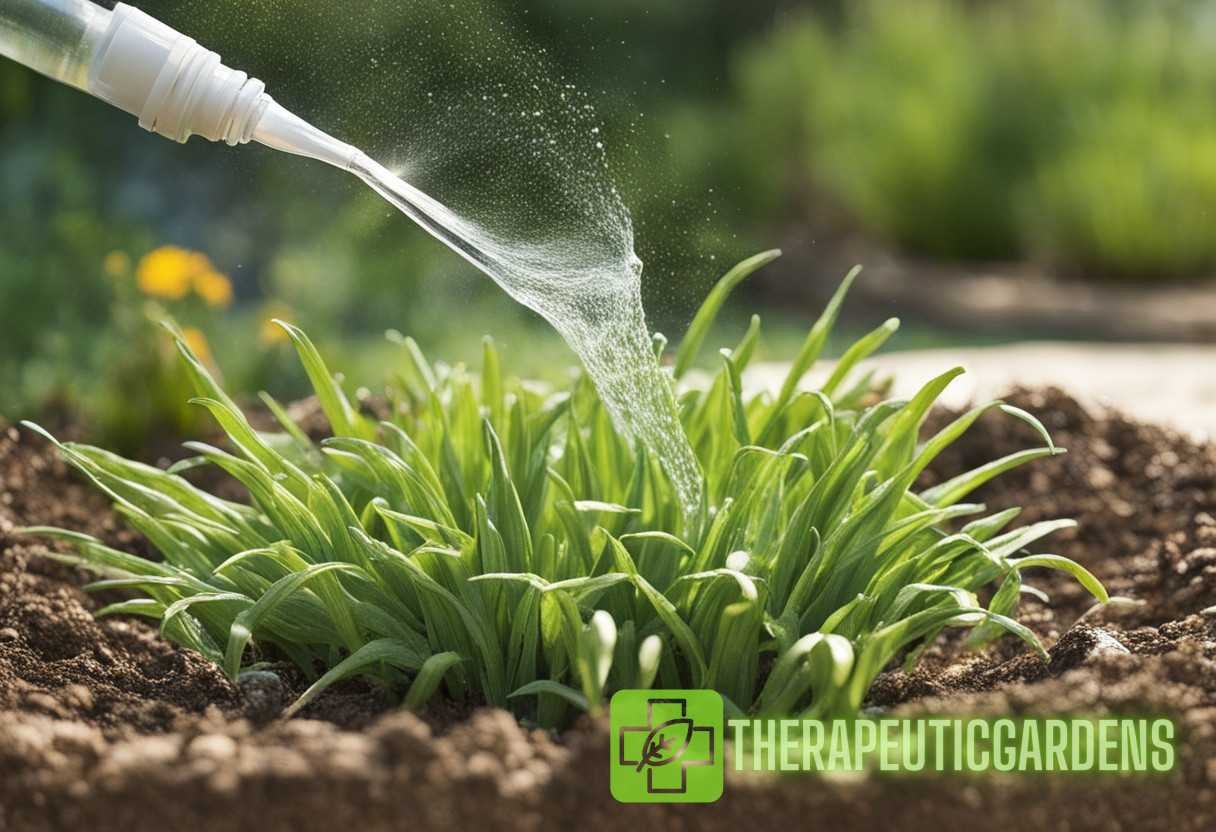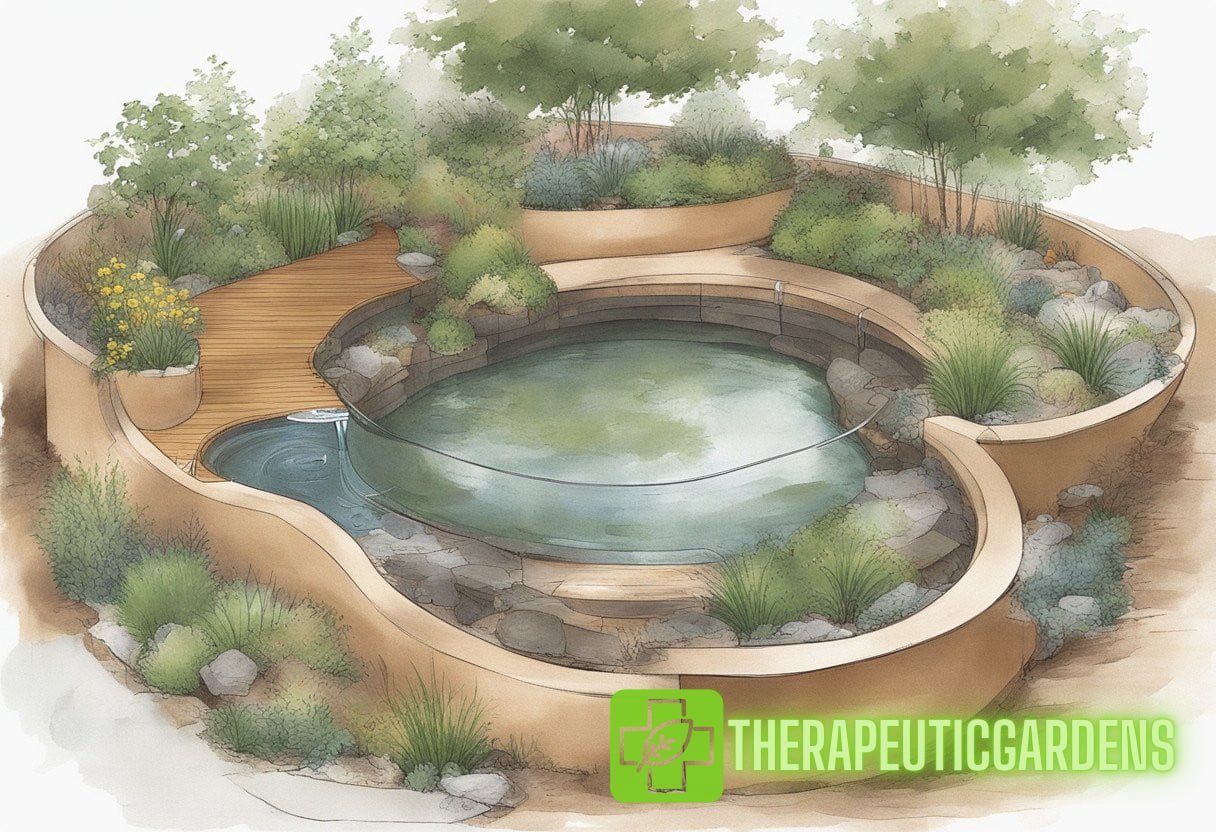The Hidden Science of Dew Collection: Ancient Techniques for Modern Water Conservation in Gardens
Water conservation has become a crucial topic in recent years due to the increasing scarcity of this precious resource. Traditional irrigation methods often lead to significant water wastage, making alternative techniques vital for sustainable gardening. Among these, dew collection stands out as an ancient yet highly effective means of conserving water.
The History of Dew Collection
Dew collection is not a new concept; it has roots stretching back over millennia. Ancient civilizations, including the Egyptians and Romans, effectively utilized dew to support agriculture and daily water needs. These early societies recognized dew’s potential to supplement water supplies, particularly in arid regions.
The Egyptians, for example, constructed dew ponds and sophisticated systems to capture and utilize morning dew. Similarly, the Romans developed a variety of techniques to harvest dew, incorporating materials like stone and clay to gather water vapor from the air.
The Science Behind Dew Formation
To understand how dew collection works, it is essential to examine the science behind dew formation. Dew forms when air that is saturated with moisture cools overnight. As temperatures drop, air loses its capacity to hold moisture, causing water vapor to condense on surfaces in the form of tiny droplets. This process is primarily driven by the “dew point,” the temperature at which air becomes fully saturated and condensation occurs.
Several factors influence dew formation:
- Temperature: Dew forms more readily when nighttime temperatures drop significantly.
- Humidity: Higher humidity levels can enhance dew formation.
- Surface properties: Certain materials and textures are more conducive to dew collection.
Ancient Techniques for Dew Collection
Throughout history, different cultures have developed various techniques to collect dew. These methods have been rediscovered and adapted for modern use, providing efficient ways to conserve water in contemporary gardens. Some of these ancient techniques include:
Dew Ponds
Dew ponds, also known as mist ponds, are shallow, lined basins designed to collect dew. These structures have been used for centuries, particularly in the English countryside, to provide water for livestock. The ponds are typically lined with materials like clay or lime, which help retain water. Modern adaptations of dew ponds involve using synthetic liners to increase efficiency.
Rock Piles
The ancient Greeks and Romans often placed rocks in their fields to support dew collection. These rock piles create a microenvironment that cools down quickly at night, encouraging the condensation of water vapor. Rocks with high thermal mass, such as basalt, are particularly effective for this purpose.
Nets and Meshes
Indigenous communities in coastal South America used nets and meshes to capture dew. These materials mimic natural dew collectors, such as spider webs, which efficiently gather water droplets. Modern versions of these ancient techniques use specially designed mesh fabrics that have been optimized for water collection.
Modern Applications in Garden Water Conservation
Incorporating the principles of dew collection into modern gardening practices can significantly enhance water efficiency. These methods can provide an alternative water source, reduce dependence on conventional irrigation systems, and contribute to overall sustainability efforts. Here are some contemporary applications of dew collection techniques in gardens:
Dew Garden Designs
Adopting dew garden designs can increase the efficacy of water harvesting. These designs typically include features such as:
- Dew-catching surfaces: Materials like metal, glass, and polymer composites that are optimized for dew formation.
- Strategically placed vegetation: Plants that trap dew on their leaves and channel it to their roots.
- Microclimate manipulation: Configurations that create cooler microclimates by incorporating shade, mulch, and wind barriers.
DIY Dew Harvesting Systems

Building a DIY dew harvesting system can be a fun and rewarding project. Basic steps include:
- Selecting a suitable surface: Opt for a surface with high condensation potential, such as a mesh screen or a polished metal sheet.
- Positioning the surface: Place the surface in an open area with minimal obstruction to maximize dew capture.
- Collecting dew: Use a collection tray or gutter system to gather and store the condensed water.
Integration with Sustainable Hydro Gardens
Dew collection techniques can be seamlessly integrated with sustainable hydro gardens. These gardens focus on water-efficient practices and the minimal use of external water sources. By incorporating dew-catching features, gardeners can further reduce their environmental footprint. For more insights on sustainable hydro gardens, check out this article on sustainable hydro gardens.
Innovative Research and Developments
Ongoing research continues to push the boundaries of dew collection technology. Studies focus on optimizing materials and designs to increase water yield. Some promising developments include:
Advanced Materials
Researchers are developing advanced materials that enhance dew condensation. Hydrophilic and hydrophobic coatings can direct water droplets towards collection points, while engineered mesh fabrics improve efficiency by mimicking natural collectors.
Climate-Specific Solutions
Customized dew collection systems tailored to specific climatic conditions can significantly improve water yield. Factors such as local humidity levels, temperature fluctuations, and wind patterns are considered in the design process.
Practical Benefits and Challenges
Implementing dew collection systems in gardens offers numerous benefits, but it also comes with certain challenges. Understanding these can help in making informed decisions:
Benefits
- Water conservation: Dew collection helps tap into an untapped water source, reducing reliance on other, potentially overdrawn, sources.
- Sustainability: Gardens can become more sustainable by utilizing dew, especially in arid regions where water is scarce.
- Cost-effectiveness: Once installed, dew collection systems have low operational costs and require minimal maintenance.
- Environmental impact: Reduced water usage reduces the overall environmental footprint of gardening activities.
Challenges
- Initial costs: Setting up efficient dew collection systems can involve significant upfront investment.
- Climate dependency: Dew formation is influenced by local climatic conditions, which can limit its effectiveness in certain areas.
- Maintenance: Regular monitoring and maintenance are required to ensure optimal performance and water quality.
Conclusion
Dew collection represents a fascinating blend of ancient wisdom and modern innovation. By harnessing the natural process of condensation, gardeners can access an alternative water source that significantly contributes to sustainability efforts. Whether through DIY projects, advanced materials, or integrating these techniques into larger systems, dew collection offers immense potential for water conservation in gardens.
If you’re interested in exploring more about sustainable practices and their applications in modern gardening, you might also find this article on sustainable naming helpful.
Embarking on the journey of incorporating dew collection into your gardening routine is not only a step towards sustainability but also a tribute to the ingenuity of ancient civilizations who first discovered the science behind this precious water source.



